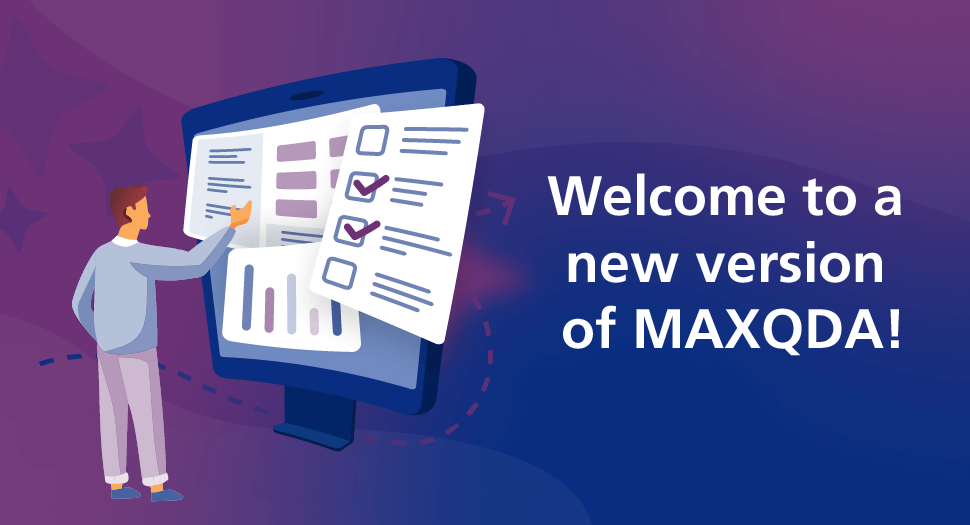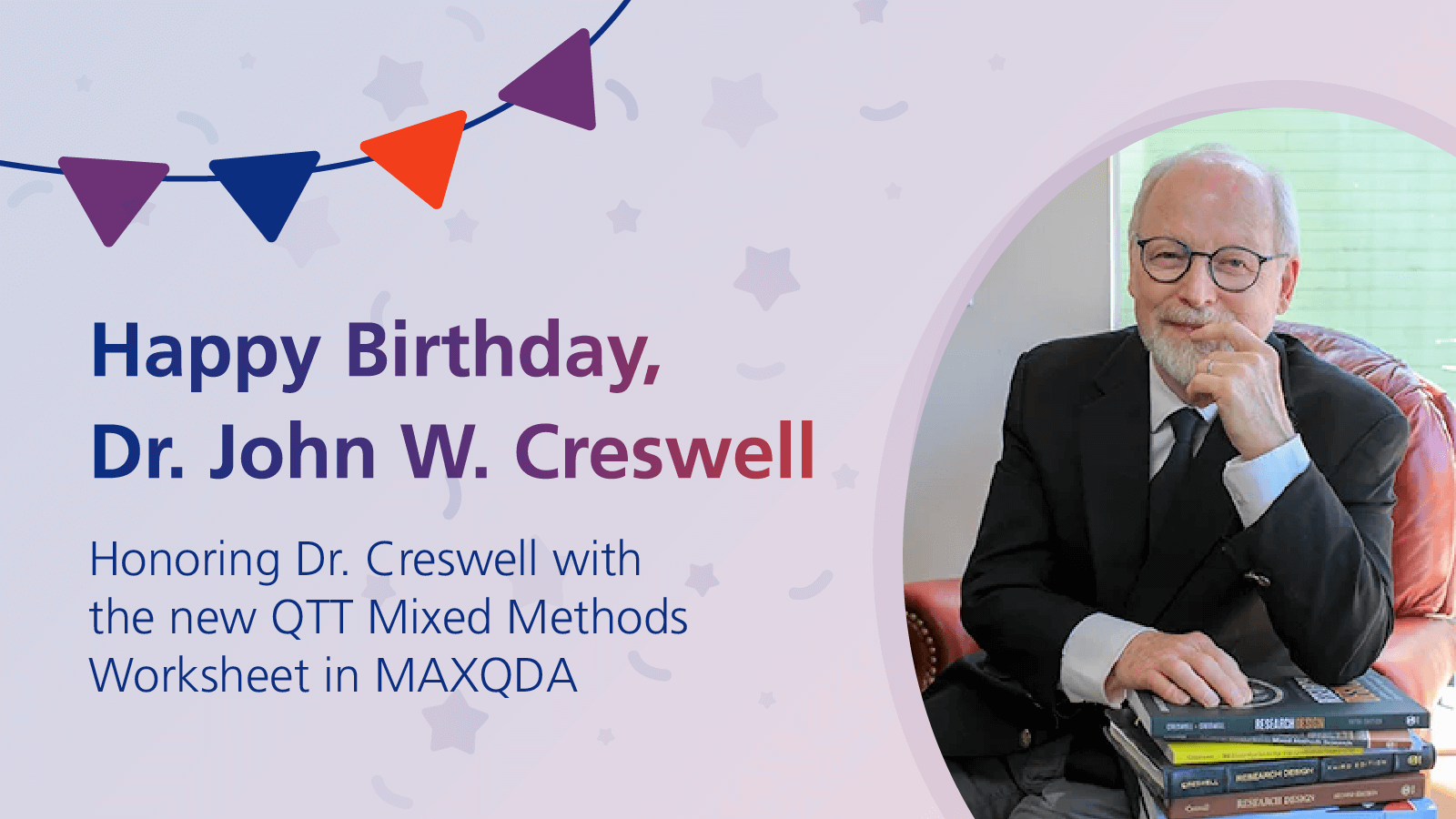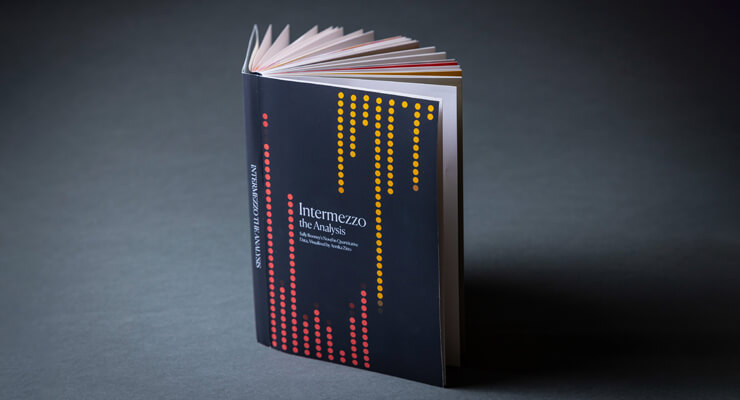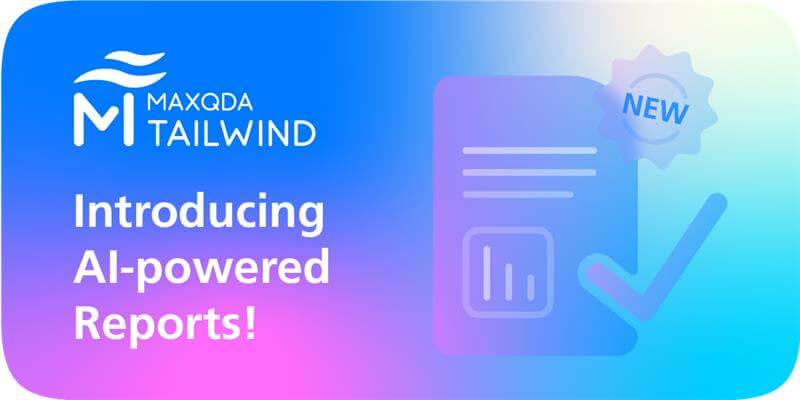Guest post by Lisa van Aalst.
Dear reader,
I am happy to be writing my second and final Field Research Diary entry on my research journey with MAXQDA. As part of my Master thesis, I conducted research on the topic: “Dalit women and Access to Justice – An analysis of accessing justice for the survivors of gender and caste-based discrimination in rural Uttar Pradesh, India”.
In my first diary entry, I presented how Dalit women, at the intersectionality of gender and caste, face severe discrimination, including limited access to the justice system. A rising resistance within the Dalit community stands up against the injustices they are facing and claim their right to social justice.
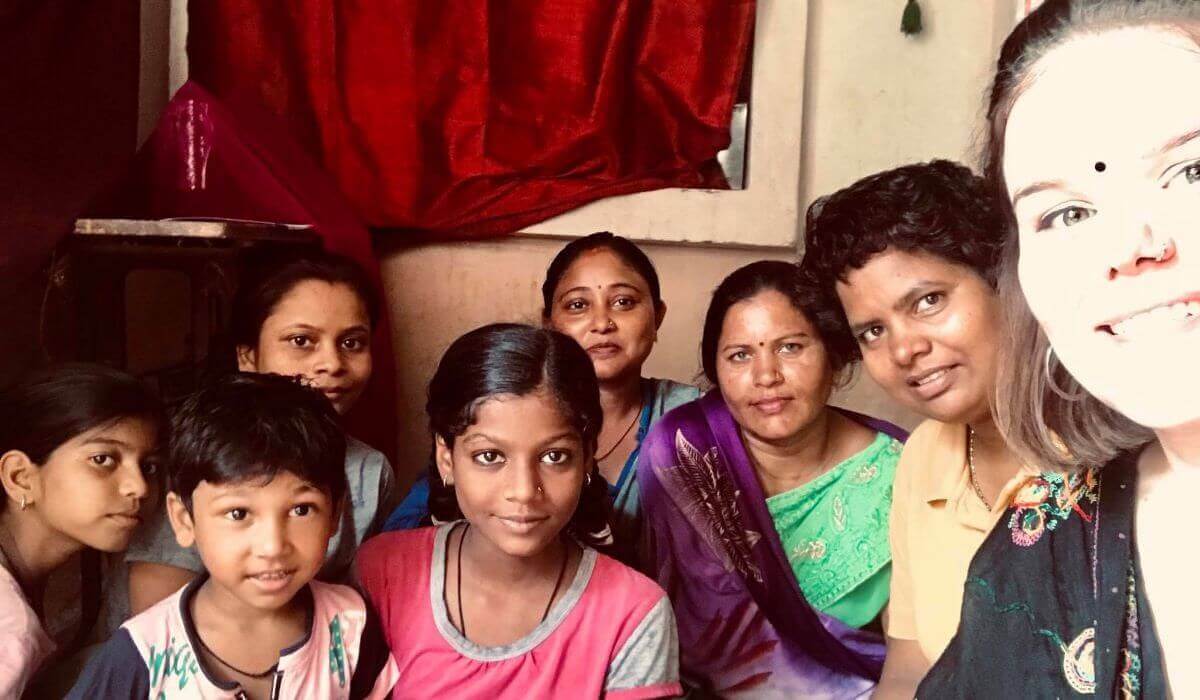
Focus Group Discussion with Women’s Group
Focus Group discussions in Research
In this fieldwork diary entry, I want to share how I have used MAXQDA to analyze my data. Alongside semi-structured interviews with Dalit women, human rights defenders, and other stakeholders, I also conducted two focus group discussions. Focus groups are a qualitative research method in which people are informally interviewed in a group setting. Usually, around six to twelve people participate in a typical focus group discussion. The researcher facilitates the discussion but tries to be non-directive; he or she should facilitate a discussion that is not dominated by one person but that gives all participants an equal chance to speak (Neuman, 2011, pg. 459).
For this research project, two focus group discussions were carried out. The first discussion took place in a suburb of Varanasi with a women’s group. This group addresses problems in their community, such as low school enrollment, alcohol abuse by their husbands, and creating employment opportunities for women. Around seven women were present during the discussion which lasted for about an hour.
During the discussion, the women shared their experiences, challenges they were facing in the community and how they addressed these challenges collectively in their group. Here, the discussion was very much dominated by the leader of the group, sharing how their group was addressing different issues.
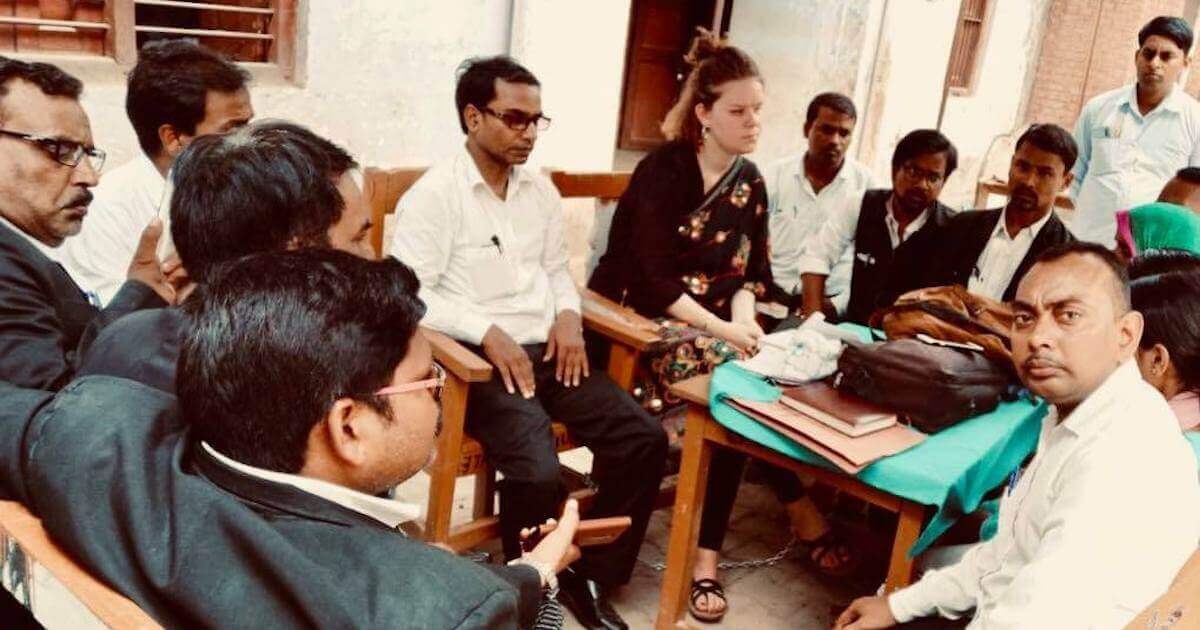
During Focus Group Discussion with Advocates Forum at Varanasi District Court
The second discussion was carried out with an advocates forum at Varanasi District Court. This forum addresses caste-based crimes and supports the survivors with legal expertise. In this discussion, which lasted for an hour, ten advocates were present, as compared to the discussion in the women’s group the advocates were talking for an equal amount of time and shared their experiences.
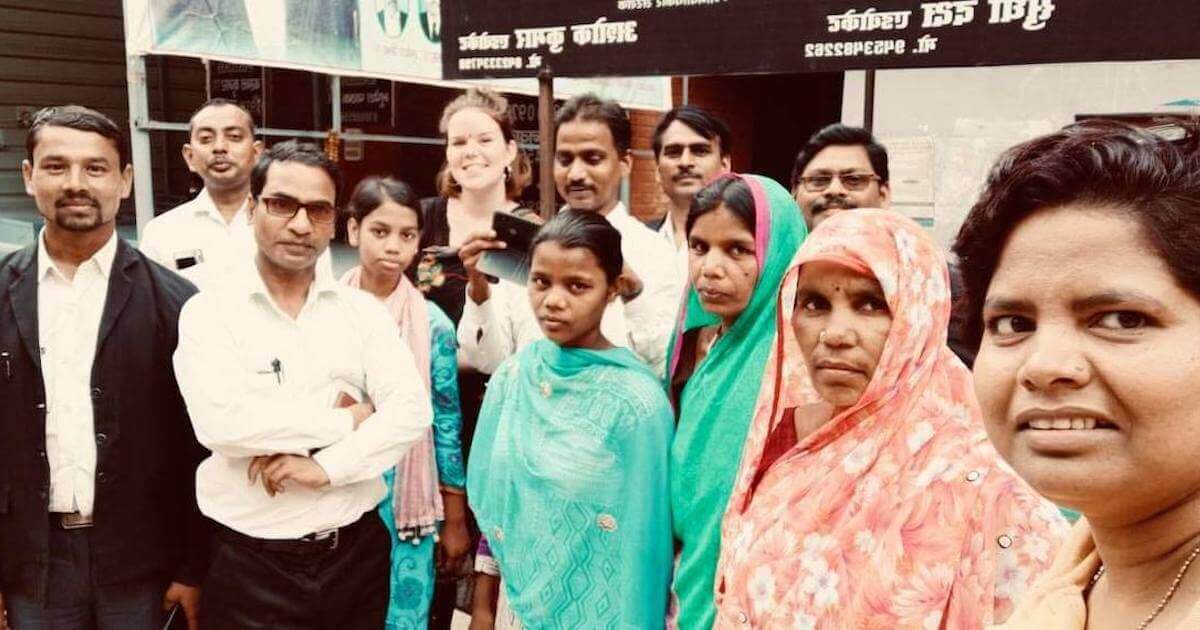
Group of Advocates from the Advocates Forum
Using MAXQDA to Analyze Focus Group Discussions
I used MAXQDA to analyze the focus group discussions. In the following, I will describe some of the functions I used and some tricks that might help to analyze your focus group discussions in a meaningful way.
- I started by opening MAXQDA. It is important here to remember not to import a regular document but to import a focus group transcript so you can use all the appropriate tools for focus group analysis later on.
- After having imported your file, you will see your transcript in front of you. One helpful trick I found was to use a space after the indication of the speaker: MAXQDA will create a separate box that allows you to access all contributions during the discussion made by one speaker. This speaker change tool has been quite helpful during my analysis where I found for example that during the discussion with the women’s group one woman contributed a lot of information while other women contributed less which could be attributed to power imbalances within the group.
- Next, I found it useful to have a separate overview of the contributions of one individual in the group, to engage with the participants more individually rather than accessing them as a homogenous group.
- Similarly, when you use the right mouse click in your focus group transcript, you will get an overview of all participants of your discussion where you can insert variables such as gender or age. Then you can activate the different variables. For your analysis, it is then possible to use a combination of speaker-specific variables and thematic coding. You could, for example, analyze which thematic codes can be ascribed to have been used by males or females more often or what different age groups discuss.
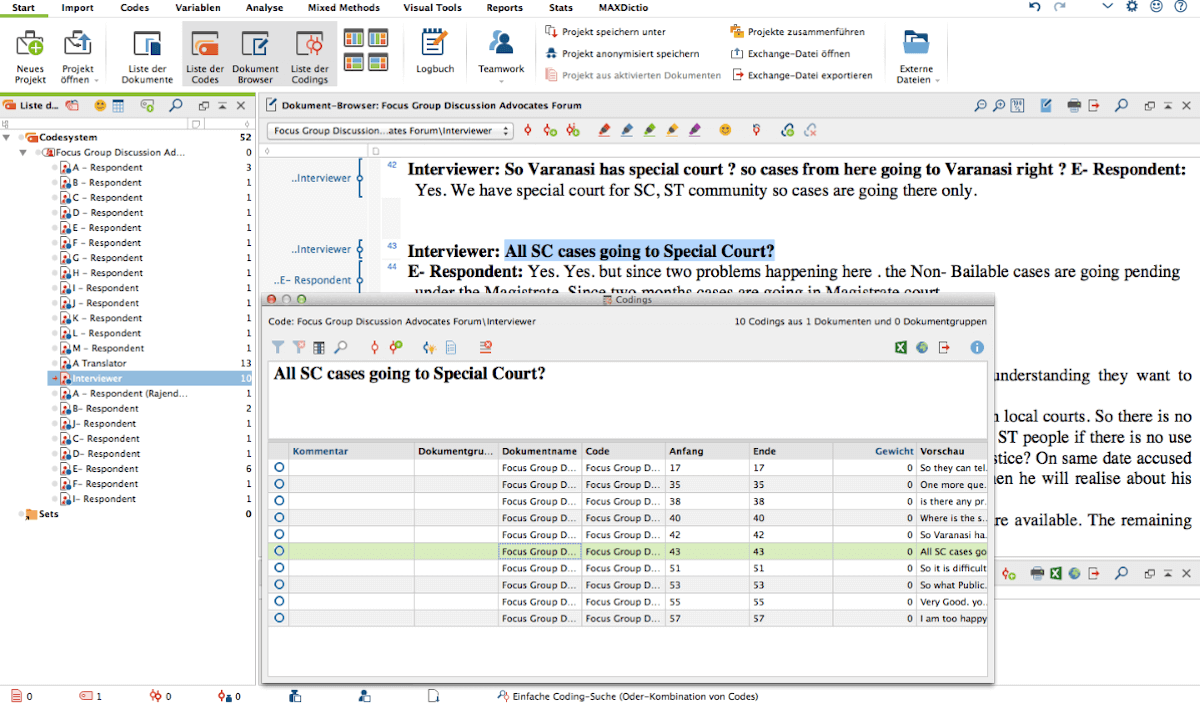
Overview Contributions per Participant to the Focus Group Discussion
Focus Group Analysis with MAXQDA
Visualizing Data with MAXQDA
Another important tool that I would like to give attention to is the variety of visual tools available on MAXQDA. I believe that MAXQDA’s visual tools enrich and facilitate communication in research papers in terms of making a visual difference to plain texts but also contribute to the analysis, visually.
- It is for example possible to develop a code matrix, depicting the thematic codes in circles, squares or numbers.
- Another interesting tool for visualization is a word cloud, showing which words have come up repeatedly and can be significant for analysis. Naturally, prepositions or connection words come up in this cloud which can be deleted thereafter.
- Finally, one can create a document portrait, grouping codes together or showing where they occur in the document as a bar or a graph.
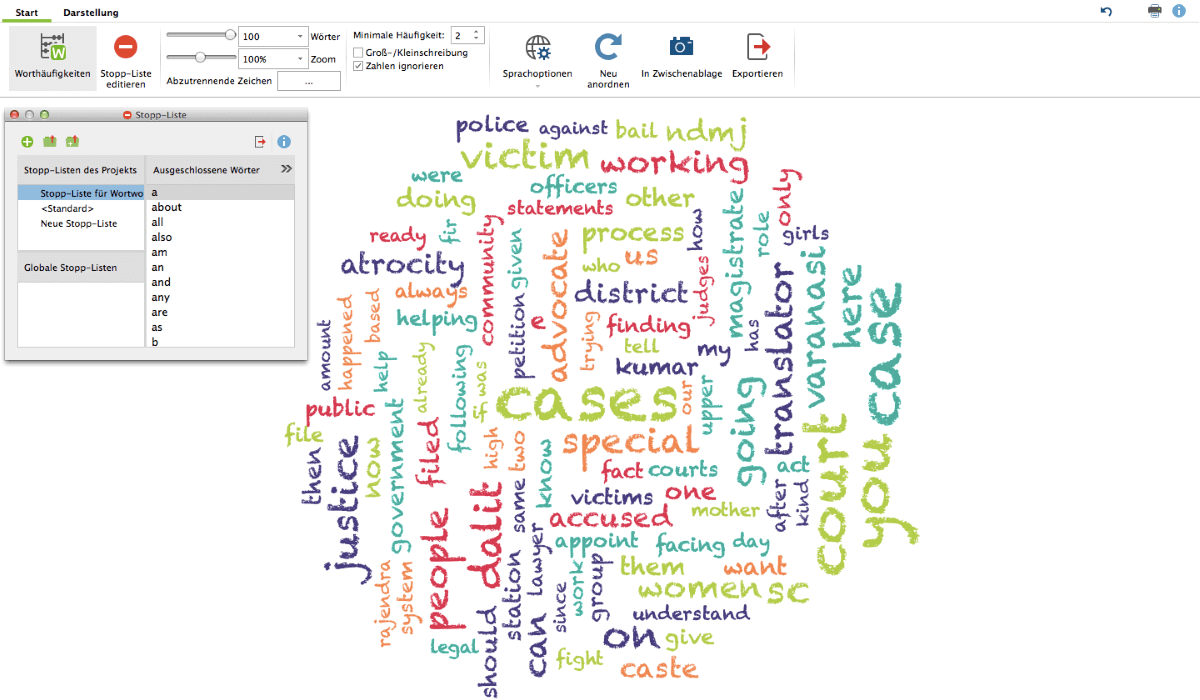
Word Cloud of prevalent words in a focus group transcript, including a stop list of deleted words
Research Results
After having conducted research based on literature and a five-month field research period in rural Uttar Pradesh, India, the research came to the following results:
First, atrocities and untouchability practices are still very much prevalent in Uttar Pradesh, the most atrocity prone state in India. Here women face sexual violence, with minors being targeted in many cases and in almost all of the cases the offender is known to the survivor. Special emphasis needs to be put on the number of reported cases which represent only a fraction of all cases, with a majority of cases remaining unreported due to social stigma.
Second, the research revealed that Collective Action by Women’s Collectives plays an important role in accessing justice. Next to that, the research found that other structures of Collective Action play an essential role in accessing justice for the survivors. Those are, in this case study, the Advocates forum that provides legal support to the survivors, a local NGO working on the grassroots level and connecting the different stakeholders as well as the national organization NCDHR who share their expertise and network at the institutional level.
Next, the research unveiled that even though the rights of the Dalit community are constitutionally secured and special legislation is in place, the reality looks quite different. There are a variety of reasons for the lack of implementation of that legislation such as lack of awareness from the side of the police and the survivors, conflict resolution at the Gram Panchayat (Village Council) level, the non-registering of cases due to social stigma, systemic overload, and collusion with dominant caste offenders. Most importantly, there is an existing caste bias within the institutions as well as the society that makes caste and gender-based discrimination a systematic problem that becomes difficult to resolve.
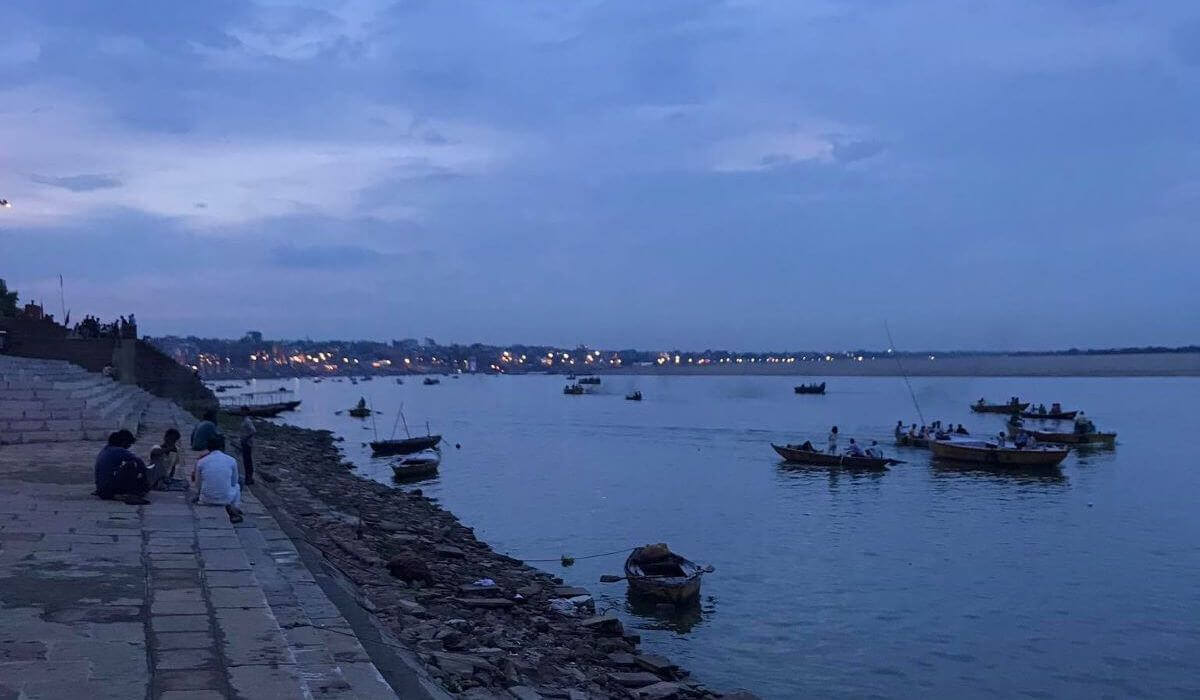
Nightfall at the Ganges in Varanasi, Uttar Pradesh
Closing Statement
As mentioned earlier, this is my final post about my research journey with MAXQDA. A few months ago, I completed my research and defended it and with that successfully completed my Master in Development Management.
I would like to take this opportunity to express my gratitude for being selected as one of three recipients of the MAXQDA #ResearchforChange Grant 2019 and the support of the MAXQDA team. Besides receiving a mobility scholarship to conduct field research in rural India, I received a MAXQDA Analytics Pro Student license as well as two online training sessions with a great and skilled trainer, who taught me how to best use MAXQDA for my research. Using MAXQDA for my research has helped me in many ways, it did not only make the analysis of my data much easier but also more clear. Next to that, the different tools that the software offers helped analyze my data from many different perspectives and revealed important information.
Even though my research journey with MAXQDA has come to an end here, I am looking forward to using MAXQDA in my professional career or while pursuing further studies.
The 2019 MAXQDA grants supported research on women empowerment. In light of this, I want to end this post with the following quote that I found to be very inspiring after meeting the brave and resilient women during my research journey:
Here’s to strong women
May we know them
May we be them
May we raise them
About the Author
Lisa Marie van Aalst graduated with an M.A. in Development Management from the Ruhr University Bochum, Germany.
Her research project titled “Dalit women and Access to Justice – An analysis of accessing justice for the survivors of gender and caste-based discrimination in rural Uttar Pradesh, India” took place in rural areas of Uttar Pradesh, India.
Click here for further information on the National Campaign on Dalit Human Rights

 Lisa Marie van Aalst graduated with an M.A. in Development Management from the Ruhr University Bochum, Germany.
Lisa Marie van Aalst graduated with an M.A. in Development Management from the Ruhr University Bochum, Germany. 